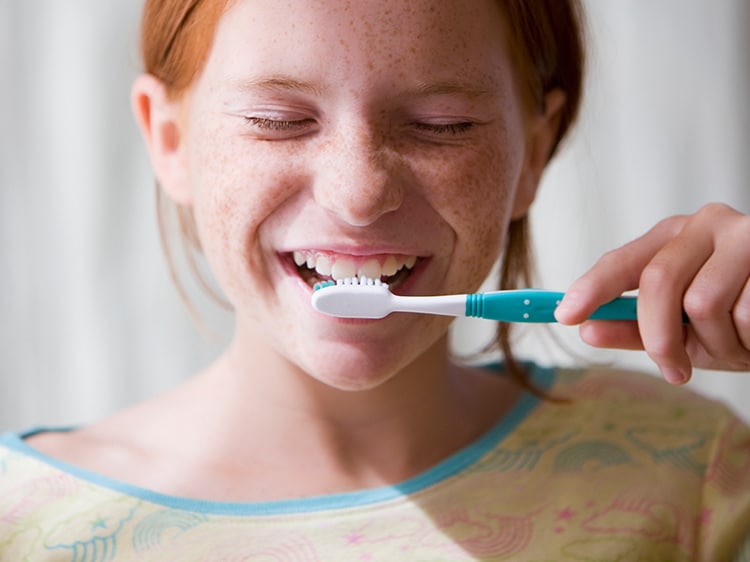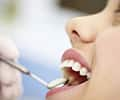Premolars, also known as bicuspids, are the permanent teeth located between the molars in the back of your mouth and your canine teeth, or cuspids, located in the front. Because premolars are transitional teeth, they display features of both molars and canines and primarily grind and break up food. The food is then vigorously chewed by your molars, making it ready for the digestion process. You have eight premolars total, with four on each side of your mouth.
What's the Difference Between a Premolar and a Molar?
Premolars, also known as bicuspids, are the permanent teeth located between the molars in the back of your mouth and your canine teeth, or cuspids, located in the front. Because premolars are transitional teeth, they display features of both molars and canines and primarily grind and break up food. The food is then vigorously chewed by your molars, making it ready for the digestion process. You have eight premolars total, with four on each side of your mouth.
The difference between premolars and molars are slight but important. The main distinctions between premolar and molar teeth are in their size and shape. While a molar has four cusps or points, a premolar has two to three. While premolars are larger and wider than your more narrow canine teeth and have a flat surface area, molars are significantly larger than their bicuspid neighbors.
Both molars and premolars have pits and fissures between their cusps that can trap the food and bacteria that lead to cavities. However, the crevices in molars are deeper and more difficult to keep free of cavity-causing particles. The premolar teeth, except for the upper or maxillary first bicuspid, usually have a single root. The maxillary first premolar usually has two roots, though a single root is also possible. In contrast, Molars all have at least two roots, with the upper molars typically having three.
When Do Kids Get Premolars?
Do children have premolars? Do premolars fall out like their other baby teeth? If you were to go looking for bicuspids in your child's mouth, you likely wouldn't find them. Baby teeth, also called deciduous teeth, do not have premolars. Instead, in the places where adults have premolars, children have what dentists call first molars. Once these fall out, they are replaced by permanent premolars.
As far as when premolars grow in, they’re likely to show up between the ages of 10-12, with the first premolars showing up from the ages of 10-11, and the second premolars showing up from the ages of 10-12, according to The Cleveland Clinic.
Caring for your premolars is no different than caring for the rest of your teeth. Brush twice daily with fluoride toothpaste, which can help strengthen the enamel of these chewing-focused teeth. Also, clean between your teeth daily with an interdental device like floss to remove plaque.
Your premolars play an important role in your mouth—and the more you know about them, the better equipped you are to take care of them. Next time you eat something, remember your premolars' function and their role in helping you enjoy the food you eat every day!
Oral Care Center articles are reviewed by an oral health medical professional. This information is for educational purposes only. This content is not intended to be a substitute for professional medical advice, diagnosis or treatment. Always seek the advice of your dentist, physician or other qualified healthcare provider.
ORAL HEALTH QUIZ
What's behind your smile?
Take our Oral Health assessment to get the most from your oral care routine
ORAL HEALTH QUIZ
What's behind your smile?
Take our Oral Health assessment to get the most from your oral care routine
Join Us
Get the best of your oral health routine and take it to the next level with expert advice, recommendations, products and solutions and special offers.
Join Us
Get the best of your oral health routine and take it to the next level with expert advice, recommendations, products and solutions and special offers.















